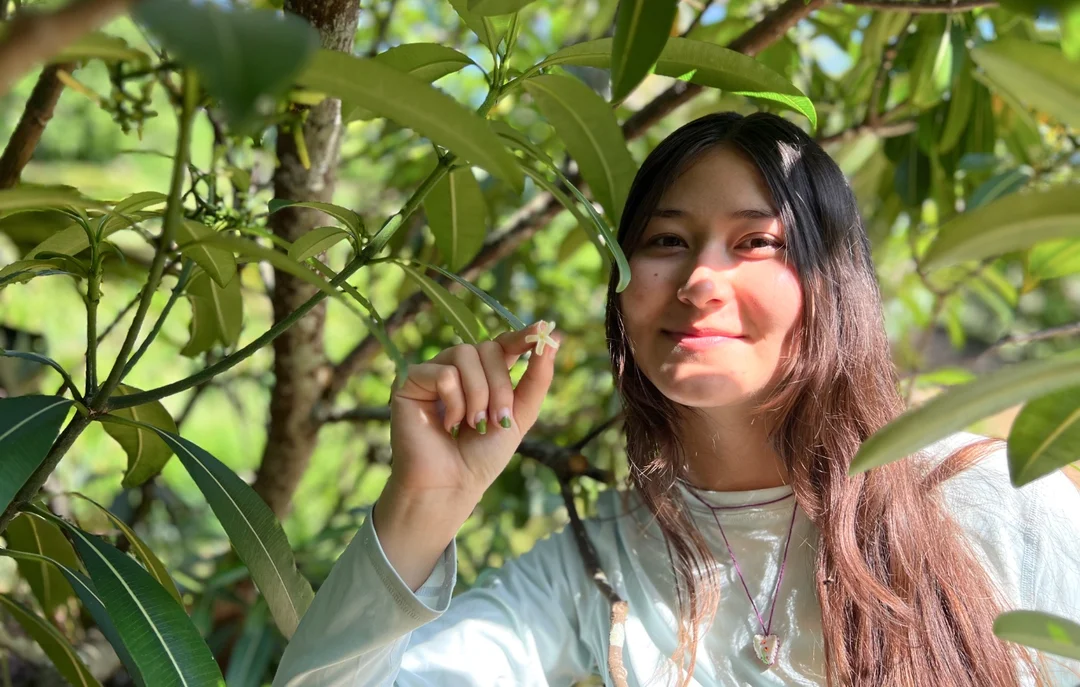
A Young Scientist’s Quest to Save Kaua’i’s Endangered Plants
In a world where climate change and invasive species threaten biodiversity, young scientists like Laulea Miike are tackling the immense challenge of conserving endangered flora. Recently, Miike’s research on Ochrosia kauaiensis, a critically endangered plant native to Kaua'i, has garnered attention for its potential impact on plant conservation efforts in Hawai'i.
Last summer, Miike, an Environmental Science major from Willamette University, returned to her roots on Kaua'i to work at the National Tropical Botanical Garden’s (NTBG) Seed Bank. Here, a team of dedicated scientists is racing against time to safeguard the genetic material of Hawai'i's endemic species. Despite occupying just one percent of the United States' landmass, Hawai'i is home to over half of the country’s threatened or endangered plant species, making her work incredibly vital.

Miike’s commitment to her island's native plants shines through in her words: "This work means so much to me as someone born and raised on Kaua'i. I appreciated that the NTBG works so hard to conserve our island’s native plants and seeds, and I wanted to be a part of the process.” Her dedication is evident in her choice to focus on the hōlei tree, with only 150 remaining in existence.
The challenge presented by the hōlei tree is significant; little is known about its pollen conservation physiology. Miike’s research aimed to identify the optimal conditions for germination and storage of pollen, an area that has been previously neglected. "My internship focused on researching germination and storage behavior of the pollen in this species to aid conservation efforts,” she said. Her findings could pave the way for future conservation strategies not just in Hawai'i but in other regions facing similar challenges.

Through her research internship, Miike received considerable support from her university, including her advisor, Professor Joe Bowersox. Together, they routinely assessed her progress to ensure her research goals were met. "We checked in every week to help me stay on track with my goals and debrief together," she shared. This mentorship has undoubtedly bolstered her efforts and commitment to conservation.
At the conclusion of her summer internship, she presented her research findings in a special lecture at NTBG, showcasing her significant contributions to pollen conservation. Excitingly, Miike is set to co-author a scientific paper for the Australasian Seed Science Conference, specifying ways to enhance the conservation efforts of the critically endangered hōlei.
As she reflects on her journey, Miike remains hopeful. “We hope our work will make it so the hōlei can be downlisted from its current status as critically endangered,” she said, indicating a new path forward in conservation.
This inspiring tale not only highlights Miike's dedication but also raises an important question: how can the efforts of young scientists influence the future of biodiversity conservation? We invite you to share your thoughts.
